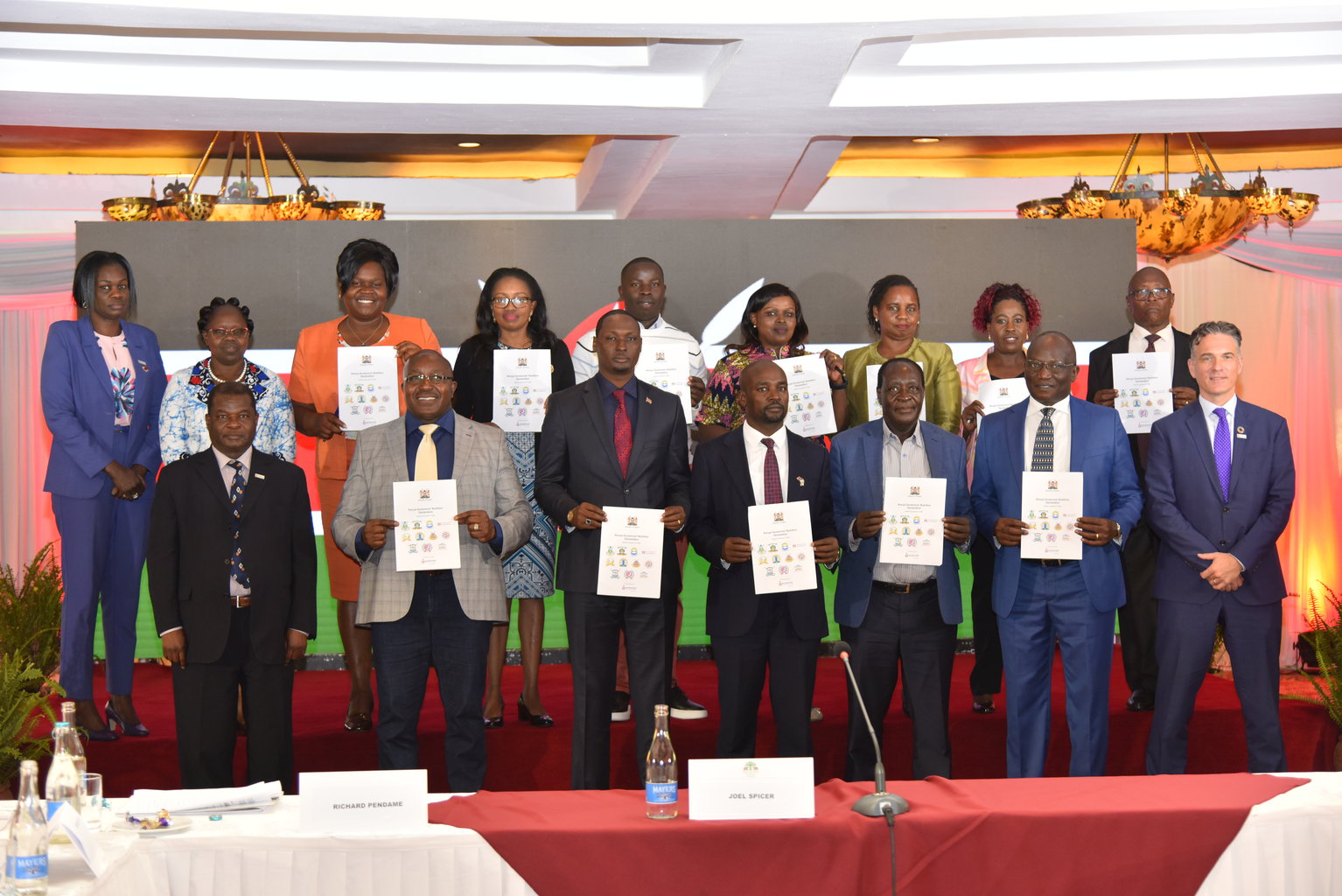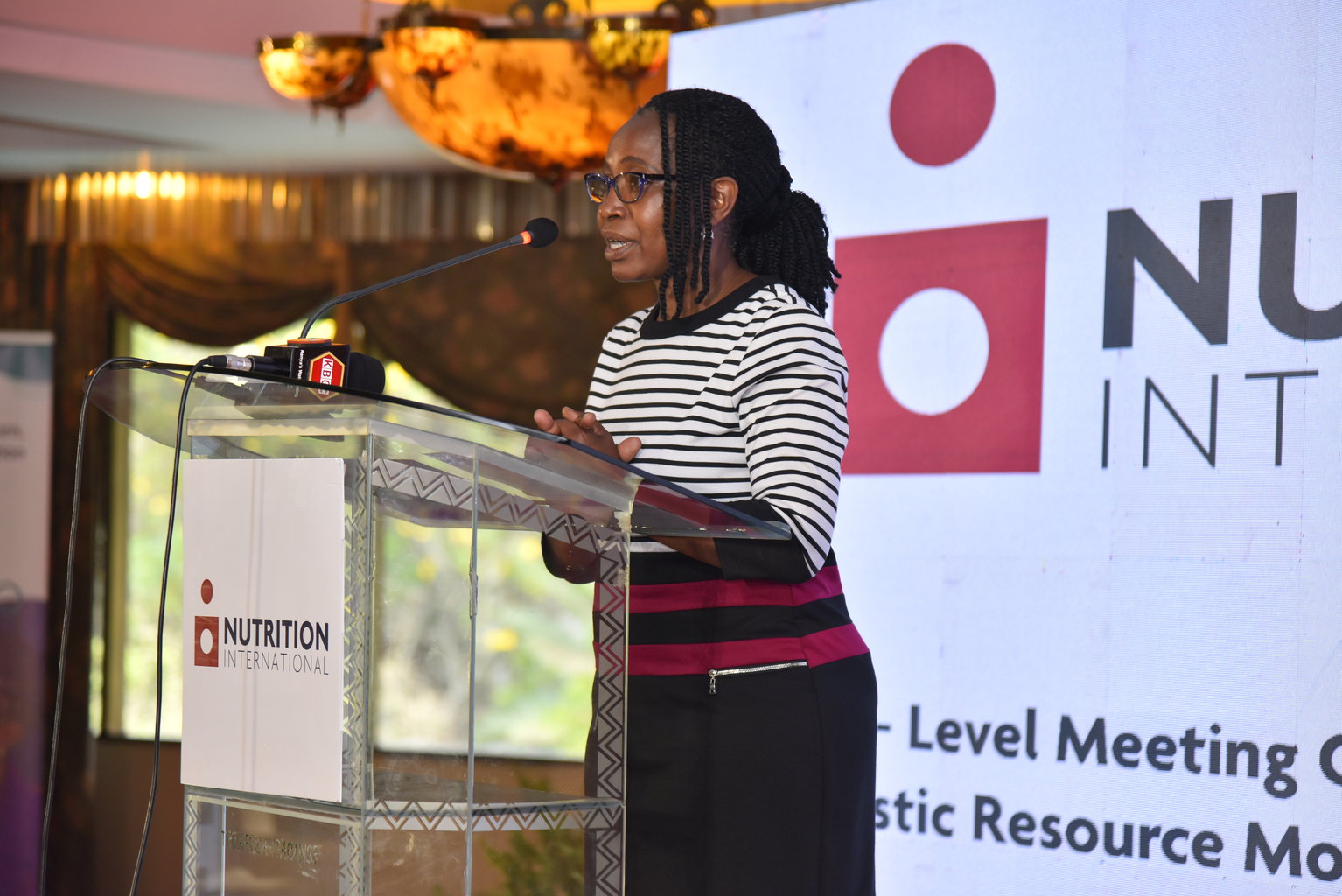Field Stories
Ten must see global nutrition stories from 2023
December 18, 2023
County governments pledge to end malnutrition in women, children and adolescents
Declaration signed to reinforce political commitments and increase resources for nutrition.
Posted on December 2, 2022
NAIROBI, Kenya – Twelve county governors have committed to accelerating the reduction in malnutrition in their respective counties, particularly for women, children and adolescents. The declaration was signed at a high-level Cross-County Learning Forum on Domestic Mobilization for Nutrition and Health in Kenya organized by Nutrition International. Acknowledging that county investment in nutrition will accelerate economic development and reduce healthcare costs in counties, the governors also committed to strengthening coordination between external partners to ensure the effective use of resources to combat nutrition challenges.

Despite the improvements in child health, the prevalence of child undernutrition (stunting) remains high with over a quarter (26%) of Kenyan children stunted. The 2019 Cost of Hunger Study Kenya report estimated that undernutrition costs Kenya KES. 374B, equivalent to 6.9% in GDP losses annually. Over 24% of adolescent girls and 41% of pregnant women suffer from anaemia, preventing them from learning, working, and living healthy lives.

“This nutrition investment is expected to contribute to reduction in morbidity and mortality, enhance human capital development and ultimately high quality of life.
—Veronica Kirogo, Head Division of Nutrition and Dietetics, Ministry of Health, Kenya
Speaking on behalf of the Cabinet Secretary for Health during the meeting, Veronica Kirogo, Head Division of Nutrition and Dietetics, Ministry of Health, commended the Governors who have embraced and operationalized the matched funding mechanism to improve the nutrition outcomes. She concluded by saying “This nutrition investment is expected to contribute to reduction in morbidity and mortality, enhance human capital development and ultimately high quality of life. Let us aim at sustaining adequate financing for priority nutrition interventions both at the national and county level in order eliminate all forms of malnutrition by 2030.”
The counties’ leadership also pledged to put in place county-led plans and budgets, provide policy and legislative action required to entrench nutrition as a funded and high-priority area, to increase resources for the implementation of evidence-based and cost-effective high-impact nutrition interventions.
“I am convinced we need this kind of example to inspire similar action – not only in other counties – but in other countries in Africa, and in the world
— Joel Spicer, President and CEO, Nutrition International
“I firmly believe that nutrition is a political issue and must be a political priority if we are going to end malnutrition. You are the only cohort I am aware of in the world – of sub-national leaders with the power you have, coming together on nutrition in this way and making it a priority for collective action. I am convinced we need this kind of example to inspire similar action – not only in other counties – but in other countries in Africa, and in the world” said Joel Spicer, Nutrition International President and CEO
In 2013, Kenya transitioned to a devolved system of governance, giving considerable budgetary autonomy to the 47 counties in determining how they plan, budget, allocate, and spend funding from national government transfers as well as locally raised revenue. County governments are also responsible for translating national nutrition, health policies, and strategies into county priorities and plans.

Makueni, Vihiga, Nandi, Elgeyo Marakwet, Kajiado, Embu, Bomet, Murang’a, Kiambu, Busia and Nakuru are the 11 counties benefitting from this cross-county learning program. Out of the 11 counties, four counties are in the third year of program implementation, while seven counties are in the second fiscal year based on the government calendar year.